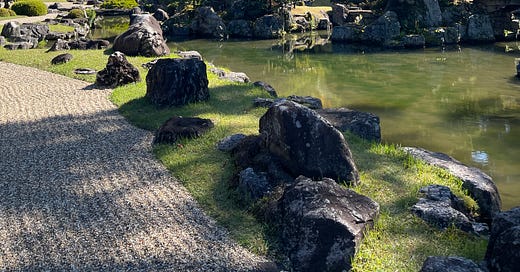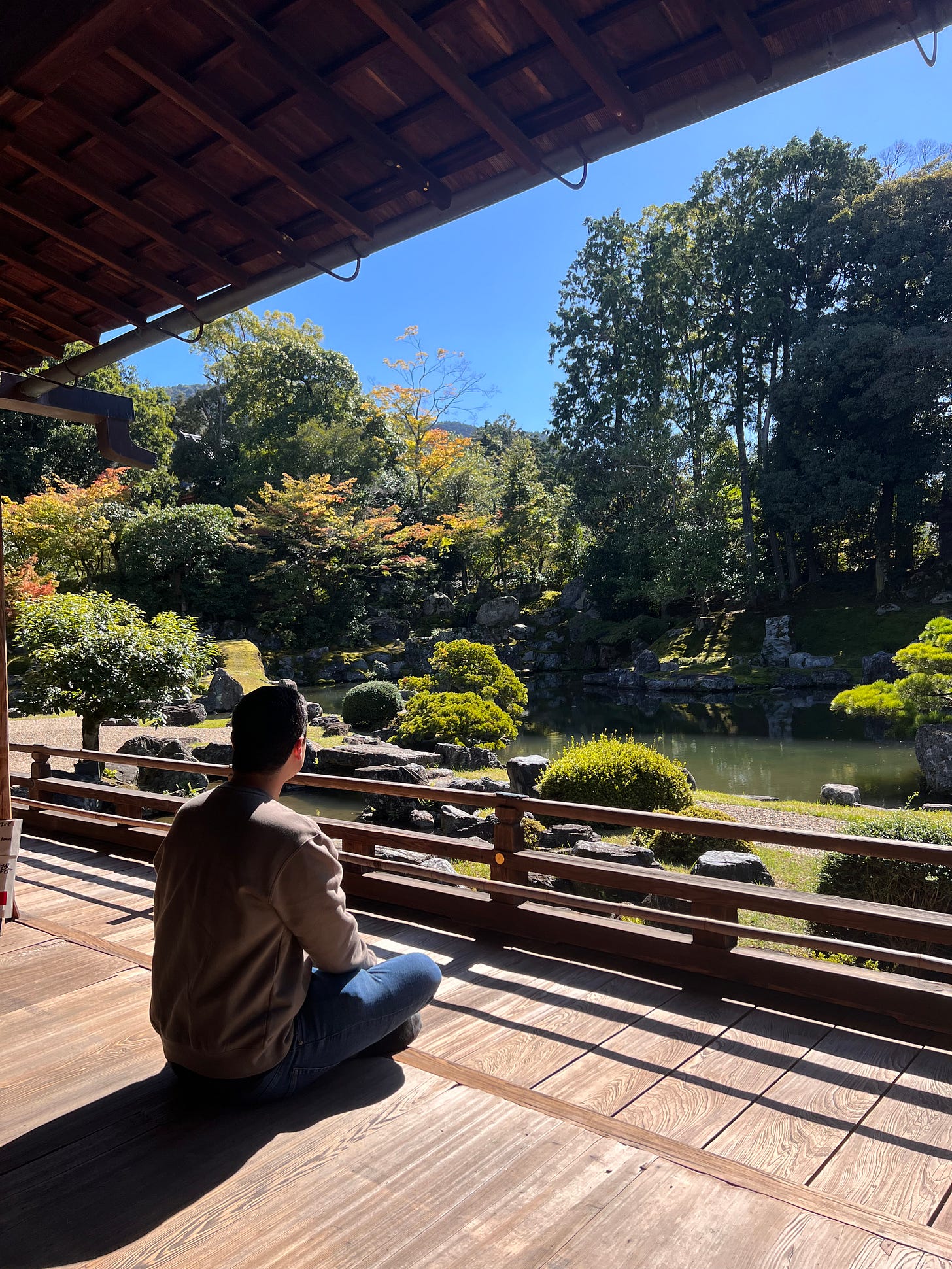Kaizen: The Japanese Art of Continuous Improvement
The Kaizen philosophy assumes that our way of life – be it our working life, our social life, or our home life – deserves to be constantly improved.
– Masaaki Imai
Everything can (and should) be improved. This is a concept I’ve been living by over the past five years. I didn’t know about it until recently, but there’s a whole philosophy around this art of continuous improvement—it’s a Japanese word, kaizen.
Kaizen means “change for the better” or “continuous improvement.” In business, it refers to improving the processes and functions within an organization. In life, it means improving any personal area you see as important.
For you to adopt a kaizen mentality, you should believe that nothing stays the same; things either get better or worse. This includes your relationships, career, craft, and hobbies.
Most people think there’s a state known as “constant.” Neither good nor bad, neither better nor worse—constant is the state in between. Here, you’re maintaining. You’re maintaining your marriage, job, health.
The issue is that with enough time, maintaining eventually turns to degrading. A maintained marriage with enough time will revert to one spouse becoming bored. A maintained job with enough time will revert to an employee becoming apathetic. A maintained gym routine with enough time will revert to a plateau.
What’s interesting is that we know when it’s time to improve something. We know we should take our wife on a trip. We know we should sign up for that conference. We know we should hire that personal trainer. But in all three cases, we make excuses about why we can’t do them.
Again, we’re simply maintaining, believing that we’re neither making things better nor worse. But as I’ve said before, if left unimproved, all things degrade with enough time.
Kaizen helps us look at things from a different perspective. Rather than looking at things as static, we see them as always moving. Like a scale that hasn’t found its balance, we feel as though we’re always staring at a seesaw: on the left we have “better” and on the right we have “worse.” As the viewer, we decide who wins by sitting on one end.
With kaizen on our mind, we don’t quiet the inner voice that says “surprise her with flowers” or “buy a ticket to that conference.” Instead, we listen to that voice. We treat it as an advisor. We choose to sit with better.
Now some may say, “If it ain’t broke, don’t fix it.” I get that. But anytime I’ve heard this statement, I always wonder why we couldn’t improve it, especially when there’s nothing to fix. Why should we wait for a problem to start tinkering with something? Why should we wait for our relationships to grow stale to add a little spontaneity into them? Why should we wait until our skills grow obsolete to begin studying something new? The answer is we shouldn’t.
A fun, happy, ever-evolving life is one that is proactive. It’s thoughtful about everything around it. It looks for messes to clean, places to see, new restaurants to try, and interesting projects to start. It endlessly looks for ways to improve its environment by asking itself a simple question: “How can I make this better?”
If you want to make your life better, consider adopting kaizen as a life philosophy. Every minute, hour, day, week, month—use your time to improve things. Study to become a better writer. Try a new film technique. Get creative with your spouse. Change up your workouts. Attempt a new process at work. Do something extra for a client, something that this client couldn’t get from any other business because of your originality.
You’ll find that with enough time, kaizen, this art of continually making things better, will become second nature to you.




